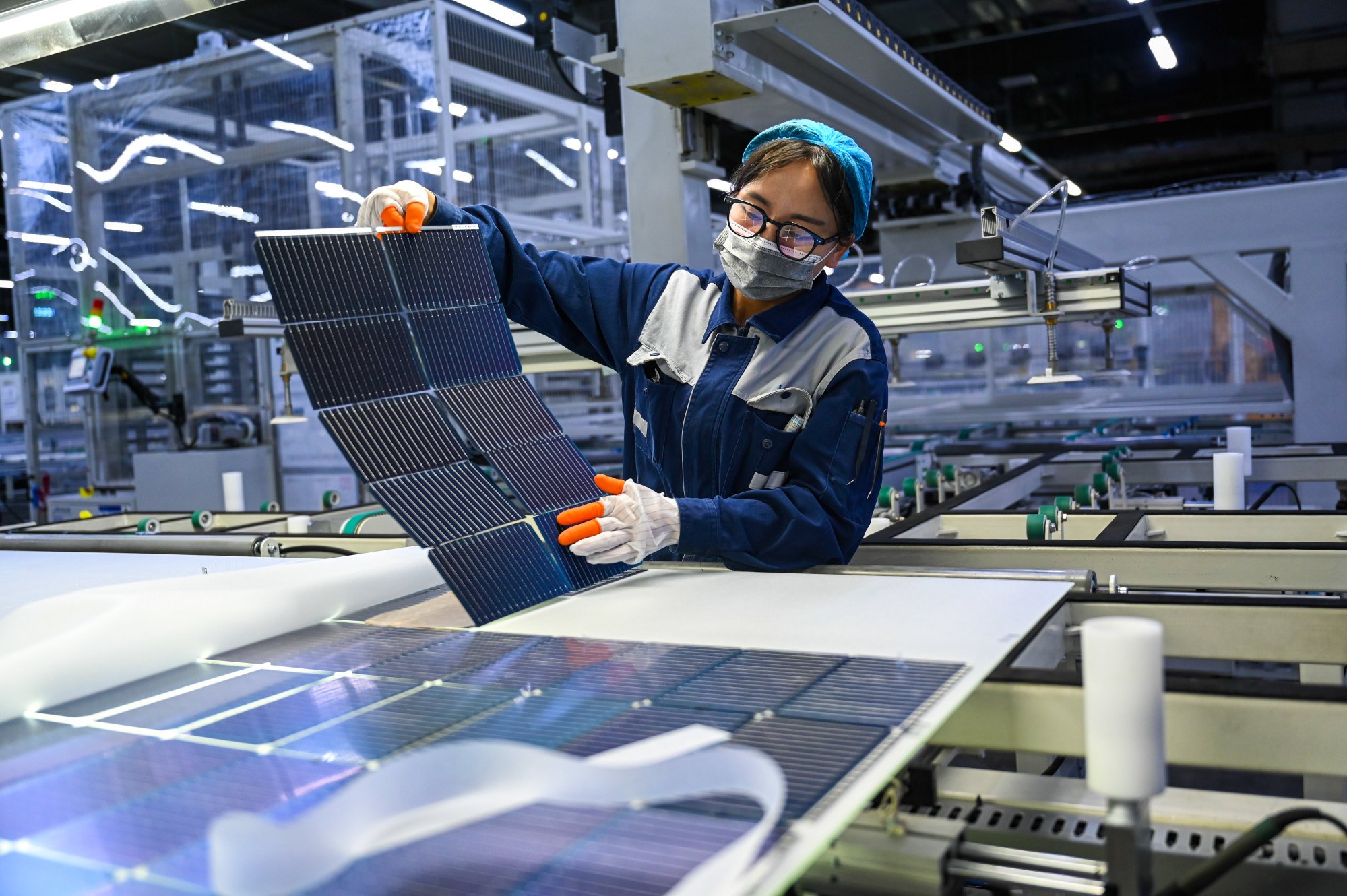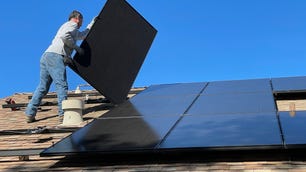Beijing needs to urgently intervene and rescue the glut-ridden solar equipment industry in China, which holds 80 per cent of the global manufacturing capacity after years of state subsidies, a leading industry figure said.
The founder of one of China’s largest solar material makers has called for government intervention and industry discipline to help correct the unprecedented downturn in the country’s solar sector, as the price war intensifies amid worsening oversupply.
“The mismatch between supply and demand is severe,” Zhu Gongshan, founder and chairman of GCL Technology and chair of the Asian Photovoltaic Industry Association said at an industry conference in Shanghai on Tuesday. “The sector has entered an ice age.
“China’s photovoltaic industry urgently needs the government’s ‘visible hand’ and the market’s ‘invisible hand’ to work together and make structural adjustments by improving technical standards and market access thresholds.”
China’s solar sector is experiencing a major shakeout driven by excess production capacity, which could force small manufacturers out of the market even as losses pile higher on companies’ books.
In the latest round of industry shakeout, the solar sector’s overall capacity nearly tripled, while profit margin declined by around 70 per cent, according to Zhu.
“The four segments – silicon material, silicon wafers, solar cells and photovoltaic modules – have all fallen below cash costs, with the entire industry chain under pressure,” he told the gathering.
Trade barriers from Europe and the United States also exacerbated the oversupply issue in China due to shrinking overseas demand and declining exports, according to Zhu.
China exported roughly 220 gigawatts (GW) of solar modules worldwide in 2023, accounting for about 80 per cent of the global total, up 55GW year on year, driven by accelerating clean energy transition and decarbonisation plans. However, recent investigations into Chinese solar manufacturers by EU authorities due to alleged unfair subsidies and increased tariffs set by Washington have created uncertainty for exports from the country.
Longi, one of China’s largest solar firms, and Jiangsu-based Trina Solar both shut down some of their capacity in Southeast Asia in recent weeks, citing trade policy changes and market conditions.
However, the oversupply issue in China’s solar industry is likely to persist until the late-2020s, according to a report from Daiwa last month.
“Unless solar companies adopt Opec-like supply curbs, solar industry profits will continue to fluctuate around cost levels,” Dennis Ip, an analyst at Daiwa said in the report.
Last month, HSBC analysts said in a report the “invisible hand” of local Chinese governments are potentially dragging the current downcycle as they are not focused on profitability and are paying greater emphasis on advanced and green industry upgrades and local employment.
“Solar producers could feel the pressure to maintain production even at a loss, given the risk in breach of contract/relationship with local governments, repayment of subsidies/loans, and penalties,” the report said. “This, in our view, could delay market consolidation and the exit of less competitive supplies.”
This post was originally published on 3rd party site mentioned in the title of this site






